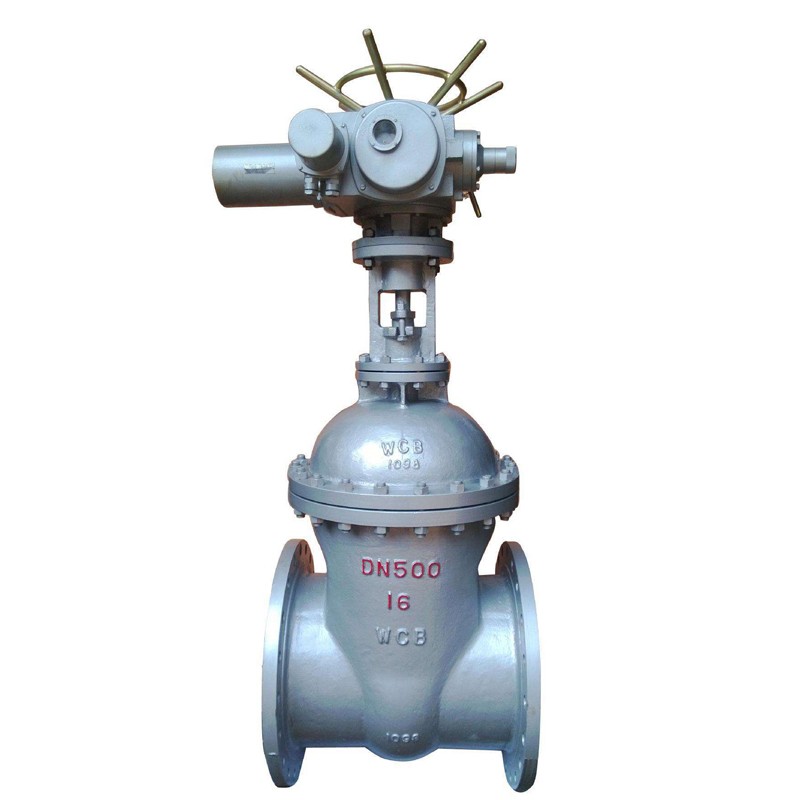What is difference between gate valve and butterfly valve?
2023-10-18
Construction: A gate valve has a gate or wedge-shaped disc that moves perpendicular to the flow path of the fluid or gas to control the flow. In contrast, a butterfly valve has a disc that rotates on an axis parallel to the flow path to control the flow.
Flow control: Gate valves are better suited for applications where the flow needs to be completely shut off or fully opened, with little need for fine control over the flow rate. Butterfly valves are better suited for applications where precise control over the flow rate is required, as they can be adjusted to various positions to control the flow.
Pressure drop: Butterfly valves generally cause more pressure drop across the valve compared to gate valves due to the disc being placed in the flow path. This can be an important consideration for systems that require low-pressure drops.
Size: Butterfly valves are generally smaller in size and lighter in weight than gate valves, making them easier to install and maintain.
Maintenance: Gate valves require periodic maintenance to ensure the gate or disc moves freely, while butterfly valves require periodic inspection to ensure the disc is not worn or damaged.
In summary, while both gate valves and butterfly valves serve the same purpose of regulating the flow of fluids or gases, gate valves are better suited for applications that require full open or shut positions, while butterfly valves are better suited for applications that require precise control over the flow rate. Butterfly valves generally cause more pressure drop across the valve compared to gate valves, but are smaller and easier to install and maintain.




